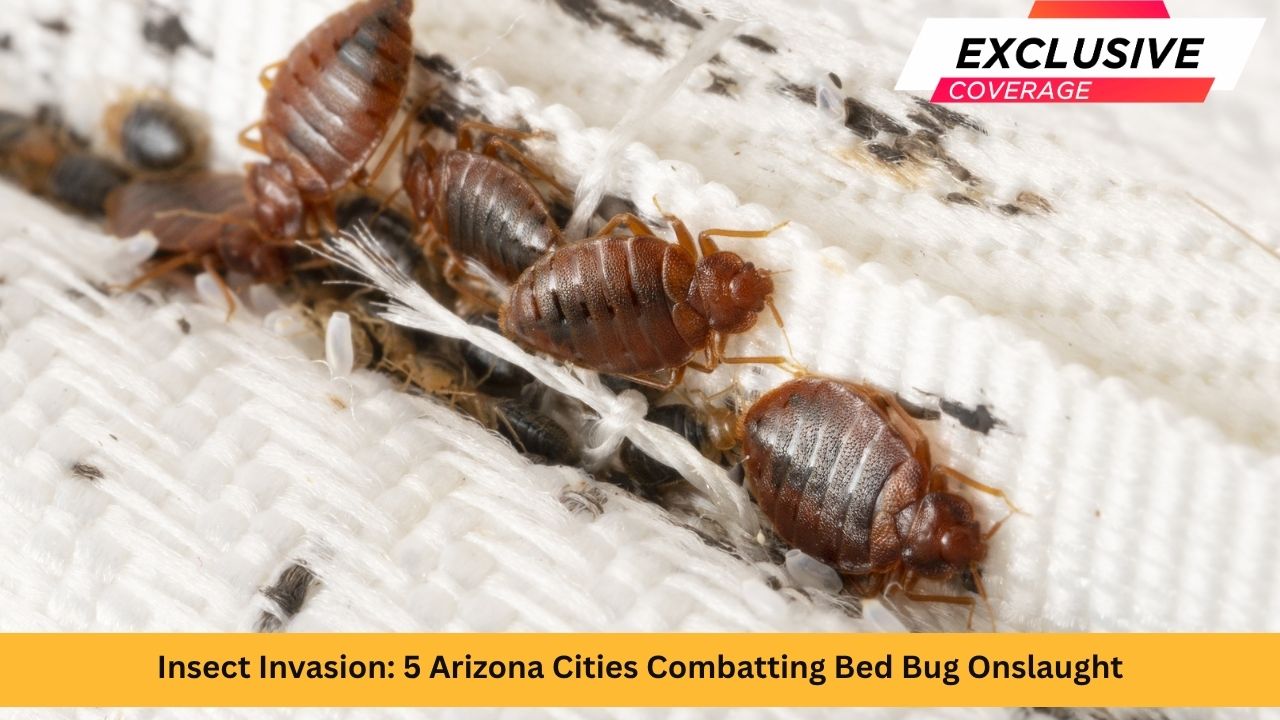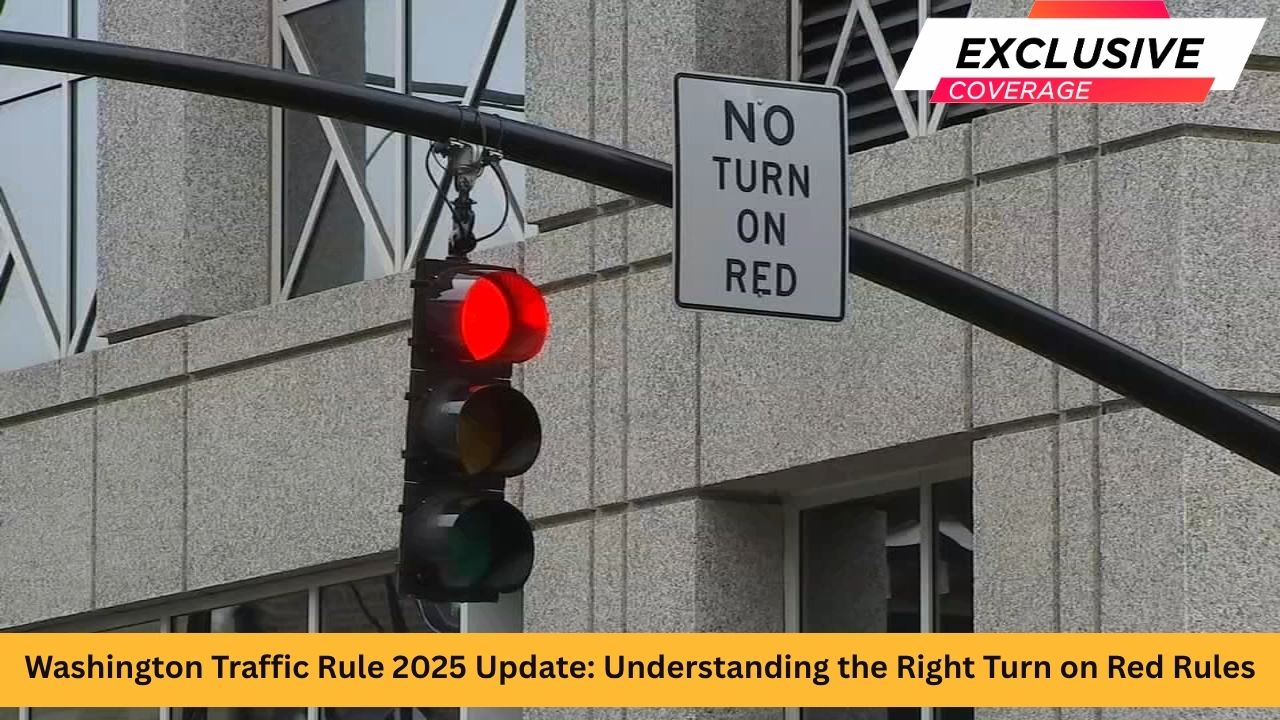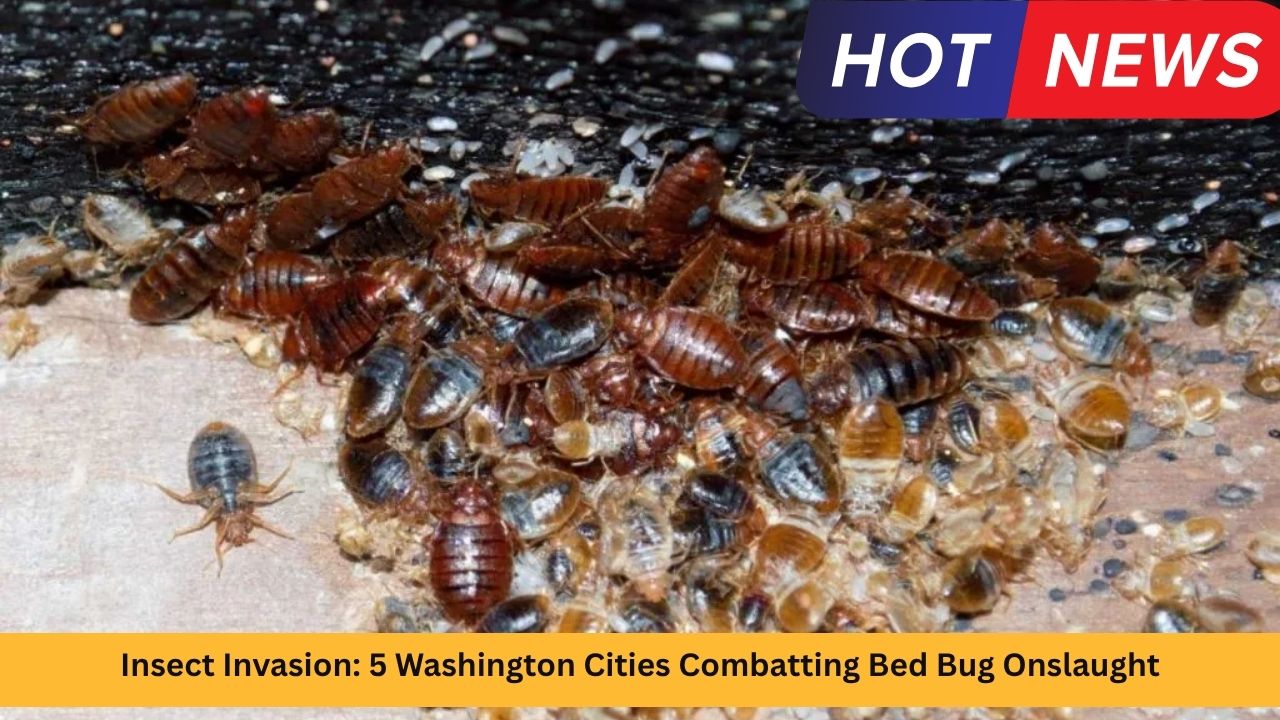Across Arizona, a silent but growing threat is crawling its way into apartments, hotels, public buildings, and private homes. The bed bug—an unwelcome insect that thrives in hiding—has triggered an invasion in both large and small cities across the state. Bed bug infestations are more than a simple annoyance; they inflict economic burdens, emotional stress, and sleepless nights for countless residents.
Arizona’s warm climate, bustling travel hubs, and mix of urban and suburban environments create ideal conditions for these persistent pests. In recent years, a surge in infestations has prompted action from municipalities, public health departments, pest control companies, and affected communities. This article explores the frontline of Arizona’s battle, highlighting how five prominent cities—Phoenix, Tucson, Mesa, Flagstaff, and Scottsdale—are confronting the bed bug onslaught with innovation, collaboration, and resilience.
Understanding the Bed Bug Threat in Arizona
Bed bugs are tiny, reddish-brown insects notorious for feeding on human blood as people sleep. Their flat, stealthy bodies allow them to hide in crevices, mattress seams, electrical outlets, and even behind wallpaper. While bed bugs are not known transmitters of disease, their bites can lead to painful, itchy welts and allergic reactions. The psychological toll, from anxiety to insomnia, is significant.
What fuels the spread of bed bugs in Arizona?
-
Year-Round Warmth: Arizona’s climate enables bed bugs to breed actively at all times of the year.
-
Extensive Travel: Major cities like Phoenix and Tucson draw millions of tourists and business travelers, increasing the risk of transferring bugs through luggage and hotel stays.
-
Urban Density: Multi-unit housing, from apartment complexes to dormitories, makes it easy for bed bugs to migrate between units and quickly establish infestations.
-
Secondhand Furniture Market: The resale of mattresses, couches, and upholstered goods inadvertently introduces bed bugs into new environments.
Reports show that in cities such as Phoenix, bed bug-related calls to pest control services have surged over 30% in just five years. Infestations do not discriminate, affecting both affluent and low-income communities. Within Arizona, certain cities have emerged as hotspots, with public health officials, pest management professionals, and civic leaders mobilizing to address the crisis.
Phoenix: Battleground in the Metropolis
Scale of the Problem
Phoenix, Arizona’s largest and most populous city, sits at the epicenter of the state’s bed bug struggles. The city’s international airport, thriving hotel industry, expansive rental market, and year-round events create constant movement of people—and pests.
Recent data reveal a dramatic rise in bed bug infestations. Pest control providers report an increase of over 30% in bed bug service requests within five years. Multi-family dwellings, downtown hotels, and vacation rentals frequently appear at the top of the complaint list. Bed bugs are found not only in beds but also in public seating areas, buses, and theaters.
How Phoenix is Fighting Back
Public Health Initiatives
-
The Phoenix Public Health Department pushes aggressive educational campaigns aimed at residents, hotel operators, and property managers.
-
Instructional workshops teach people how to identify bed bug activity—such as spotting blood stains on bedding, dark fecal spots, shed skins, and a sweet, musty odor.
Regulations and Enforcement
-
The city collaborates with landlords and property managers to set clear protocols for reporting, inspecting, and treating suspected infestations.
-
Ordinances require prompt treatment of bed bug complaints in rental units and establish penalties for non-compliance.
Partnerships for Treatment
-
Phoenix pest control companies deploy a blend of methods: high-heat treatment, targeted pesticide application, and direct education for tenants.
-
Outreach programs specifically seek to support vulnerable populations, including seniors, low-income residents, and people living in shelters.
Notable Successes
-
Community action groups have formed to provide volunteer assistance with cleaning and decluttering infested units.
-
The number of bed bug treatments in city-owned housing has decreased as a result of early reporting and prevention efforts.
Tucson: College Town’s Coordinated Response
The College Factor
As home to the University of Arizona, Tucson faces a unique set of challenges in the fight against bed bugs. A transient, youthful population lives in dormitories, rental houses, and shared apartments—prime locations for infestations to take hold and spread undetected.
Student travel during academic breaks compounds the issue, as bed bugs hitch rides on clothes and luggage back and forth from hometowns across the country.
Escalating Cases and Citywide Action
Bed bug reports in Tucson have steadily increased. Pest management companies report receiving five to ten bed bug calls per day, especially during the busy travel seasons of summer and winter.
Multi-Layered Strategies
-
University Programs: The University of Arizona maintains a comprehensive prevention plan. This includes training resident advisors and maintenance staff to spot the telltale signs of bed bugs, regular room inspections, and immediately quarantining and treating affected areas.
-
City Policy: The city works closely with local pest management companies to subsidize services for low-income residents through grants and outreach programs.
-
Public Service Announcements: Local media, health agencies, and university communications encourage all residents to avoid bringing in secondhand upholstered furniture without stringent inspection and cleaning.
Case Study: Tucson City Hall
A notable infestation broke out in Tucson City Hall. The response showcased city leadership—swift treatment, daily monitoring, and relocation of employees to bed bug-free areas until the building was cleared proved effective.
Mesa: Community Outreach and Innovation
The Landscape in Mesa
Located east of Phoenix, Mesa is Arizona’s third-largest city. Like Phoenix, Mesa’s housing market ranges from luxury apartments to affordable senior-living complexes and single-family homes. The diversity of housing types and high population mobility provide numerous entry points for bed bugs.
Collaborative Measures
City-Run Inspections
-
Mesa funds regular inspections for public housing, hotels, and low-income multifamily units. The goal is to identify early infestations before they can spread widely.
-
City employees receive specialized training in bed bug identification and response protocols.
A Multi-Pronged Approach
-
Green Home Pest Control and similar companies offer both traditional chemical treatments and eco-friendly, non-chemical heat treatments, responding to varying levels of infestation.
-
Public workshops and leaflets distributed in several languages teach residents about proactive prevention: inspecting used furniture, laundering bedding in hot water, and reducing household clutter.
Supporting Vulnerable Residents
-
Mesa provides vouchers for professional bed bug treatment services to qualifying low-income families.
-
Partnerships with non-profits and local health agencies ensure that seniors, immigrants, and people with disabilities have access to proper support.
Results
The city emphasizes the Integrated Pest Management (IPM) model, combining community education, routine inspections, and rapid intervention. This model has slowed the spread of bed bugs within city properties and steadily reduced overall complaints.
Flagstaff: High Elevation, High Risk
Unique Challenges
Nestled among the mountains and forests of northern Arizona, Flagstaff experiences an annual surge of tourists and seasonal residents. While its population is smaller compared to Phoenix or Tucson, the influx of visitors and short-term vacation rentals like cabins, Airbnbs, and motels create fertile ground for bed bug migration.
The Seasonal Surge
Summer and fall are particularly active periods for Flagstaff’s tourism industry. Each tourist brings with them the risk of transporting bed bugs in suitcases, backpacks, or even pets’ bedding.
Municipal and Community Actions
-
Bed bug education materials are distributed in hotels, hostels, and vacation rentals, highlighting best practices for prevention and prompt reporting of suspected infestations.
-
The city inspects and certifies hospitality establishments with a “Bed Bug Free” seal, incentivizing business owners to maintain rigorous cleaning and inspection routines.
-
Local pest management businesses collaborate with the tourism board to train housekeepers and front-desk staff on early detection and isolation of affected rooms.
Impact
By focusing on prevention and rapid response, Flagstaff has curtailed outbreaks before they spiral into large infestations—a model praised by both health officials and hotel operators.
Scottsdale: Affluence Meets Persistence
The Affluent Battleground
Scottsdale, part of the greater Phoenix area, is renowned for its luxury resorts, sprawling homes, shopping centers, and vibrant nightlife. Despite the city’s high-end reputation, bed bug infestations have not spared its residents. In fact, dense population, constant influx of visitors, and frequent movement of household furnishings create optimal conditions for bed bugs to thrive.
Major Outbreaks
In a widely reported case, Scottsdale witnessed one of Arizona’s most severe residential infestations. Pest professionals documented scenes where bed bugs accumulated in such numbers that they formed inch-deep living masses beneath mattresses and along baseboards. Estimates suggested up to 10,000 bugs were present in a single home at the height of the outbreak.
Scottsdale’s Response
-
Local pest control companies offer free inspections and comprehensive treatment plans, utilizing both chemical and heat solutions proven to eradicate all stages of bed bugs.
-
Public health campaigns in Scottsdale encourage residents to hire certified professionals and avoid over-the-counter sprays that can scatter bugs and worsen outbreaks.
-
City officials work with homeowner associations and condo boards to establish transparent reporting systems and shared resources for rapid response to community infestations.
Prevention in Real Estate
Scottsdale’s robust real estate market now includes bed bug inspection and remediation clauses in many purchase agreements, reflecting the seriousness with which the pest is taken citywide.
The Human Cost and Economic Impact
Bed bug infestations carry significant financial burdens for Arizona’s residents, building owners, and municipalities. Treatment costs vary widely, with the average home remediation ranging from hundreds to thousands of dollars—especially in cases where repeated visits and follow-up inspections are needed.
Challenges extend beyond monetary impact:
-
Social stigma leads many victims to delay reporting an infestation, which allows bugs to multiply and spread further.
-
Student dorms, senior centers, and childcare facilities require rapid and sensitive communication to limit panic while ensuring that infestations are dealt with swiftly.
-
Emotional strain runs high, with some residents reporting severe anxiety, insomnia, or feelings of helplessness.
Winning the War: Tips and Strategies for Arizona Residents
Knowledge and vigilance are the most powerful tools in the fight against bed bugs. To support Arizona residents, here’s a compilation of proven tips:
Inspection and Early Detection
-
Inspect hotel rooms or temporary accommodations by checking mattress seams, headboards, and behind artwork.
-
Upon returning from travel, immediately launder all clothing in hot water and inspect luggage thoroughly.
-
Use mattress encasements to trap existing bugs and preempt colonization of your sleeping area.
Prevention at Home
-
Be wary of bringing secondhand furniture into your home. Even “clean-looking” items can harbor clusters of eggs and hidden adults.
-
Reduce household clutter to minimize the number of places where bugs can hide.
-
Vacuum regularly and dispose of vacuum bags immediately outside the home.
Treatment Options
-
If you suspect an infestation, contact a professional pest control service promptly for inspection and treatment.
-
Do not attempt to use unregistered pesticides or excessive chemical applications, which can pose health risks and drive bugs into new hiding spots.
-
Heat treatment—raising the infected area’s temperature above 120°F—remains one of the most effective non-chemical solutions for complete eradication.
A Shared Battle and a Hopeful Outlook
The resurgence of bed bugs in Arizona is a concern that spans cities, income levels, and demographic boundaries. Yet, the coordinated actions of Phoenix, Tucson, Mesa, Flagstaff, and Scottsdale provide a blueprint for the future. Through community education, robust regulations, responsible pest management, and public-private partnerships, these cities are demonstrating that bed bug outbreaks can be contained, treated, and prevented.
In the end, awareness and proactive engagement are the key defenses. As Arizona continues to grow and attract newcomers from across the country and the world, its cities are preparing not only to welcome new residents but to defend themselves fiercely against a most unwelcome kind of guest.
Conclusion
Arizona’s bed bug battles are ongoing, with each city adapting its strategies to local needs and circumstances. Whether you live in the heart of phoenix’s downtown, the university neighborhoods of Tucson, the bustling communities of Mesa, the mountain air of Flagstaff, or the suburban streets of Scottsdale, the tools are available to identify, report, and eliminate bed bugs.
Though the insects may be persistent, Arizona’s communities are proving to be even more resourceful and determined in their fight. The journey to a bed bug-free Arizona is underway—one home, hotel, and city at a time.













Leave a Reply